Healthcare in the Arctic: Two Years’ Progress and New Objectives
KEY CONCLUSIONS
Arctic nations experience similar social issues
“The North is equally harsh on everyone. It does not distinguish between Russia, Sweden, or Finland,” Evelina Zakamskaya, Editor-in-Chief, Doctor Channel; Anchor, Russia 24.
In all Arctic countries we have the same kinds of problems – lower life expectancy, high infant mortality, and a high rate of infections,” Arja Rautio, Vice-President Research at the University of the Arctic, University of Oulu (Finland).
Digitalization and mobility are priority areas for the development of medical care in the Russian Arctic
“More than 100 medical and obstetric stations will shortly be built in the Arctic. Around 44 mobile telemedicine units will be purchased. Approximately RUB 1 billion has been set aside in 2019–20 to achieve these aims. About RUB 1 billion has been earmarked for upgrading medical organizations,” Evgeny Kamkin, Deputy Minister of Healthcare of the Russian Federation.
“Yakutia leads the way in air medical services. Each year, we spend RUB 1.2 billion on them. However, in 2018 that figure was even higher – almost RUB 1.4 billion, with RUB 450 million coming from the federal budget. <...> The previous period saw the acquisition of five Mi-8 air ambulance helicopters, but of course, we need to go further,” Vladimir Solodov, Chairman of the Government of Sakha Republic (Yakutia).
PROBLEMS
Insufficient social provisioning
“Doctor staffing levels are at about 36%, and the dual post coefficient is over 2,” Dmitry Berezin, Minister of Health of the Komi Republic.
“Despite the similar economic conditions and population densities, our average life expectancy is six years lower than in Canada and Alaska. This is due to lower incomes, and higher levels of alcohol and tobacco consumption. And this, incidentally, is the responsibility of the regions,” Guzel Ulumbekova, President of the Board, Association of Medical Societies for Quality of Medical Care and Medical Education; Head, Higher School of Healthcare Organization and Management.
“Per capita financing is ill-suited to the nature of population dispersion,” Vladimir Solodov, Chairman of the Government of Sakha Republic (Yakutia).
SOLUTIONS
Expanding the District Doctor and Arctic Doctor programmes
“Following a presidential order, requirements for programme participants have been broadened, as has the age requirement. This will provide an additional inflow, and increase opportunities for personnel interested in taking advantage of this programme,” Evgeny Kamkin, Deputy Minister of Healthcare of the Russian Federation.
“The Ministry [of Healthcare of the Russian Federation – ed.] even wishes to include regions in the Russian Arctic with a population of under 50,000 in the District Doctor programme,” Dmitry Berezin, Minister of Health of the Komi Republic.
“We are the region which has begun to implement the Arctic Doctor programme. <...> In the space of three months, the programme has allowed us to bring 17 people to places where the District Doctor programme would not apply. <...> With support from the federal budget, we will be able to expand this,” Tatyana Kusaiko, Representative of Murmansk Region at the Federation Council.
Increased healthcare spending in the Arctic
“This year we have allocated funds for the mandatory health insurance system, and also to address the deficit in medical personnel. And if a region, a specific medical organization, manages to employ a specialist, then they will not need to locate funds to pay their salary. <...> If it is a specialist on top of the current number, the fund will be able to cover the costs,” Evgeny Kamkin, Deputy Minister of Healthcare of the Russian Federation.
“Together with the Ministry of Healthcare, we have ensured that the coefficient was recalculated. For the first time in a number of years, we have at least some money available to invest in development,” Vladimir Solodov, Chairman of the Government of Sakha Republic (Yakutia).
A comprehensive approach to the problem
“The problem cannot be solved at a departmental level. We need to implement project management mechanisms and establish government programmes,” Igor Bobrovnitskiy, Deputy Director, Center for Strategic Planning and Management of Biomedical Health Risks of the Ministry of Health of the Russian Federation.
“With regards telemedicine and improving internet access in these regions, we are working together with the Ministry of Digital Development. Plans have been approved for every region, which will bring all organizations up to the standard of medical and obstetric stations this year. And next year, we will be able to connect these stations to the internet,” Evgeny Kamkin, Deputy Minister of Healthcare of the Russian Federation.
“In terms of teamwork, we have an agreement in place with our neighbours – the republics of Komi and Karelia. If they are experiencing bad weather, we make flights for them. If we are experiencing bad weather, they make flights for us. <...> When it comes to providing medical services, we have broken down geographical boundaries,” Anton Karpunov, Minister of Health of the Arkhangelsk Region.
Exchanging experience between nations
“Two thirds of the population in the Arctic is living in the Russian Arctic, so we definitely need to have Russia involved. We have some very good practices in some regions of Arctic countries, and we should somehow find a way to share those,” Arja Rautio, Vice-President of Research at the University of the Arctic, University of Oulu.
“We need compatible data. It must be possible to compare what is happening in regions of Russia with what is happening in Sweden,” Peter Sköld, Director, Arctic Research Centre at Umeå University (Sweden).

